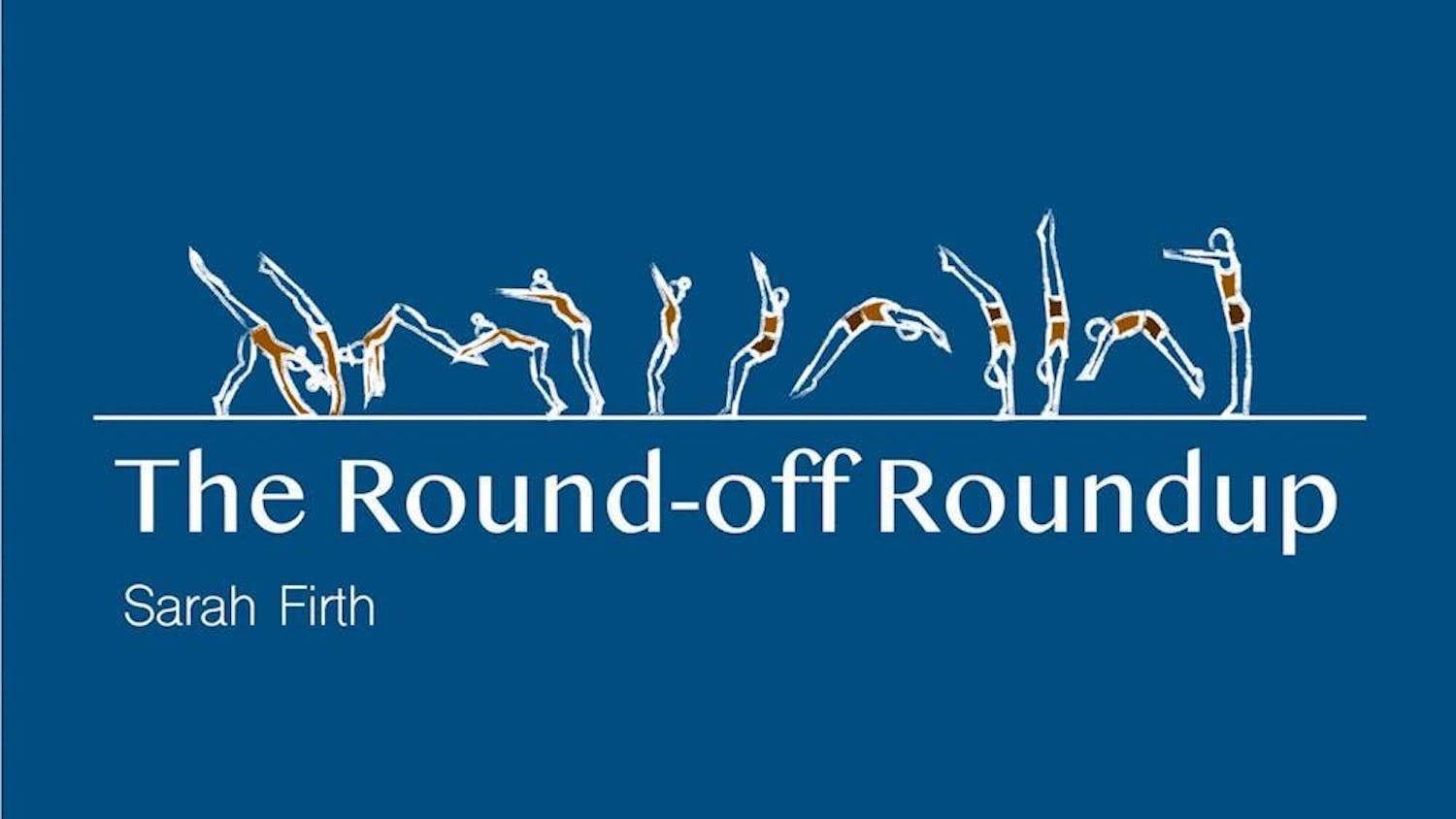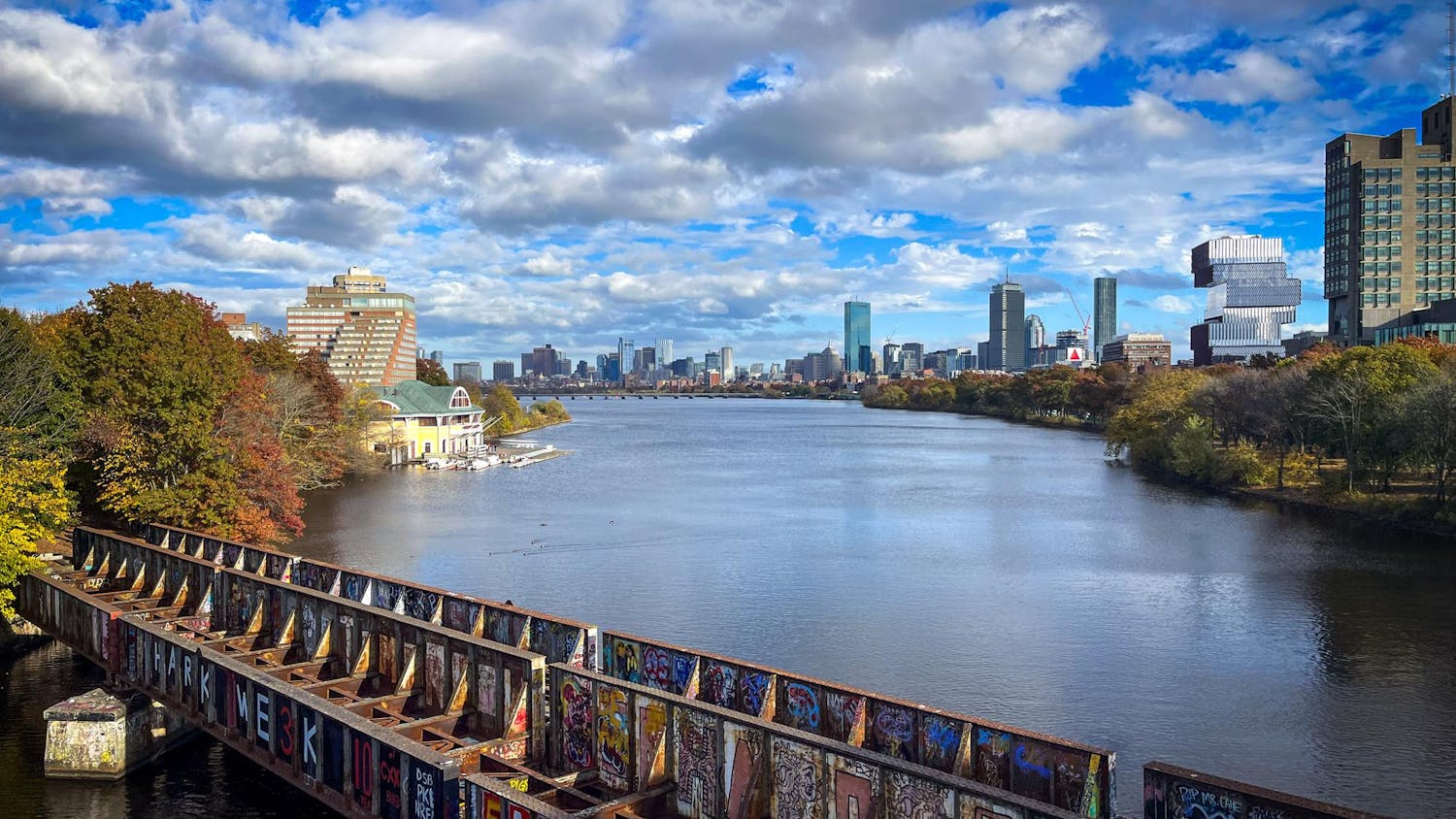@jumbo_geese: My personal favorite Instagram (besides my own, let’s be real here). “But anonymous Rainbow House author,” you think, “There are no geese at Tufts!” Ah, of course, except for that most elusive (or, rather, not elusive at all) breed of fowl: the Tufts Canada Goose. That’s right, those jackets with the distinctive (wild-trapped, horrifically exemplary of animal abuse) coyote fur ruff and the decorative “Arctic Program” patches on the left arm. They have become, as President of Trendex North America Randy Harris said, “almost the uniform of the inner city among 16-to-24-year olds,” according to a Feb. 18, 2011 Toronto Star article. Not only that, but they run, at the lower end, around $500. The models commonly seen on campus? Closer to $1000.
Then there’s me: I’m usually either wearing a much-loved parka (leaking lining from the seams and a hole in the collar, which appeared following a curious incident with a pair of scissors and a stack of newspapers) or a sewn-up sweatshirt under my grandfather’s handed-down over-40-year-old heavy wool chief petty officer’s shirt. What am I supposed to say to someone whom I see wearing a jacket that would set me back several times my semesterly budget for… anything?
“Okay, fine,” I can hear you thinking. “We all know Canada Goose is a little ridiculous. But where’s the queer part?” After all, that’s what you’re here for, right? Well, let me tell you: Being trans is expensive. In my case, being queer and trans is expensive. It’s one thing to want a new pair of shoes, a cute skirt or some new underwear. It’s another when having to pull on a pair of beaten-up jeans, boxers and a pair of men’s sneakers makes you seriously consider not leaving the house, not because you don’t look 'good' but because you can’t stand the thought that every person who sees you will be quietly, tacitly misgendering you.
Now let’s be clear here. I am not the poorest person I know at Tufts. Not by a long stretch. I make ends meet. Not everyone can do that much. I’m also white, relatively healthy and able-bodied. Not everyone has that going for them. I have low-income queer and trans friends who are people of color, who struggle with chronic illness and disability. They go through worse than me on a daily basis. This column is not a definitive statement on low-income queer life at Tufts, but my personal reflections on my experiences. When you find yourself choosing between food (needed to stay alive) and the basic necessities for combatting dysphoria (needed to stay externally functional in social and professional settings), the one that keeps you alive tends to win out. That algebra of necessity is a part of every poor person’s life, and it is only exacerbated by being trans.
This is not to say that middle- and high-income queer and trans students don’t have to deal with an incredible amount. Homophobia and transphobia don’t directly care how much is in your bank account (or if you have one at all). The risks and stakes are simply higher for low-income LGBTQ+ people. If they are lucky, they will -- like I have -- find a community of other loving and generous LGBTQ+ people who offer emotional and, when times get tough, material support. We are, after all, stronger together -- something we need now more than ever.
More from The Tufts Daily





